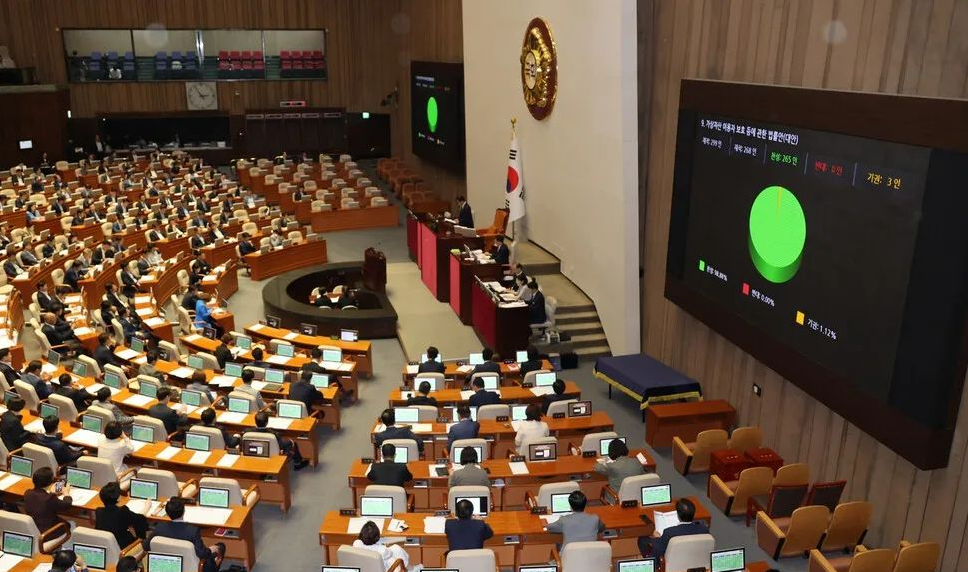Iran re-examines the details of encryption mining supervision, electricity prices rise or "capital flight"
Since the Iranian government approved encryption mining as an industrial activity in early August, details of the relevant regulatory policies on cryptocurrency mining have continued to flow. According to media reports, the Iranian Ministry of Industry, Mining and Trade is about to issue a document that will pave the way for the legalization of cryptocurrency in Iran’s domestic and foreign citizens.
Specifically, a cryptocurrency miner who is legally qualified to dig a pit must obtain two licenses. One is for legal licensing of cryptocurrency mining operations and the other is for licensing of cryptocurrency mines.
For pit digging business licenses, the commercial institution license is valid for 12 months and can be subsequently provided by the owner for follow-up project progress reports; the mine must be established on industrial land as specified, and each mine’s The total power consumption should not be too low or exceed 30 kW. Mines with lower overall power consumption will not be allowed to obtain permits. The model, quantity and power consumption of mining equipment must also be registered in advance.
In general, the Iranian government has introduced corresponding policies for cryptocurrencies. The consistent principle is to classify the mining business into industrial activities, and strictly cut the cryptocurrency transactions, affirming the legality of mining. Eliminating regulatory uncertainty should be beneficial to both the regulatory and Iranian cryptocurrency mining industries. However, strict regulations have also eliminated the profit margins of miners using industrial-grade power subsidies. It is reported that the Iranian government pays nearly 10 per year. A subsidy of US$100 million to cover the difference between actual energy costs and consumer spending.
- The Fed may cut interest rates again on Wednesday, will the encryption market benefit?
- The era of bitcoin payment is coming soon? Maybe the Burger King incident is just a flash in the pan
- The market is blooming everywhere, but the faucet is not performing well, and the vigilance is falling back at any time.
It is expected that after the introduction of relevant policies, electricity prices will rise and electricity consumption will be greatly limited. Coupled with other costs such as tax and mine operating costs, Iran may be able to move to Iran for its low-cost electricity prices. No longer an optimal choice.
After the price of electricity and energy is no longer competitive, or leading to capital flight, some large mines have already transferred their operations to neighboring destinations, mainly including Russia, Georgia, Kazakhstan, Armenia and even Iraq.
At present, the Ministry of Energy has not disclosed its electricity export price to the public. Hamed Salehi, a researcher in cryptocurrency and blockchain, said in the report that it is estimated that the electricity price will reach 5-7 cents per kWh. The price of Iranian miners after using industrial-grade electricity price subsidies is usually less than 2 cents per kWh, compared to 3.5 cents to 5 cents per kWh.
Salehi believes that the Iranian government is "putting itself into a failed game" because its regulations have the potential to push many potential transparent and legal miners underground. He warned that the new regulations may increasingly encourage the smuggling of cryptocurrency mining machines and prompt many people to illegally mine in their homes.
At present, it is a trend to promote the compliance of mining activities. It is a reality to lose a certain price advantage, but only consider it.
Electricity prices are not enough. As far as the regulatory level is concerned, the legitimacy of the policy guarantees the continuous operation of the mine to a certain extent and avoids many potential risks and losses of mining activities.
According to media reports, in response to capital outflows, the Iranian State Taxation Office (INTA) has said that Iran’s cryptocurrency miners are eligible for tax exemption if they agree to repatriate overseas income.
At present, although the Iranian regulatory level has many restrictions on cryptocurrency, there is still no final conclusion. It is still necessary to further balance the implementation of mining in Iran's legal supervision and avoiding capital flight.
Source: Financial Network · Chain Finance
Author: Xi breeze
We will continue to update Blocking; if you have any questions or suggestions, please contact us!
Was this article helpful?
93 out of 132 found this helpful
Related articles
- Babbitt column | Swiss regulation of stable coins and Libra
- Compliance and competitive pressures soared, Tether self-rescue
- XRP volume breaks through, mainstream currency quotes start
- Encrypted asset lending is hot, please compare risk/reward, beware of risk
- With privacy calculations, the match angle will disappear? "Shanghai Blockchain Week" privacy computing development seminar highlights
- Bitcoin: minimalist economics
- The cryptocurrency has become the standard of the banking giant! Another bank giant announced the development of a cryptocurrency anchored in dollars






